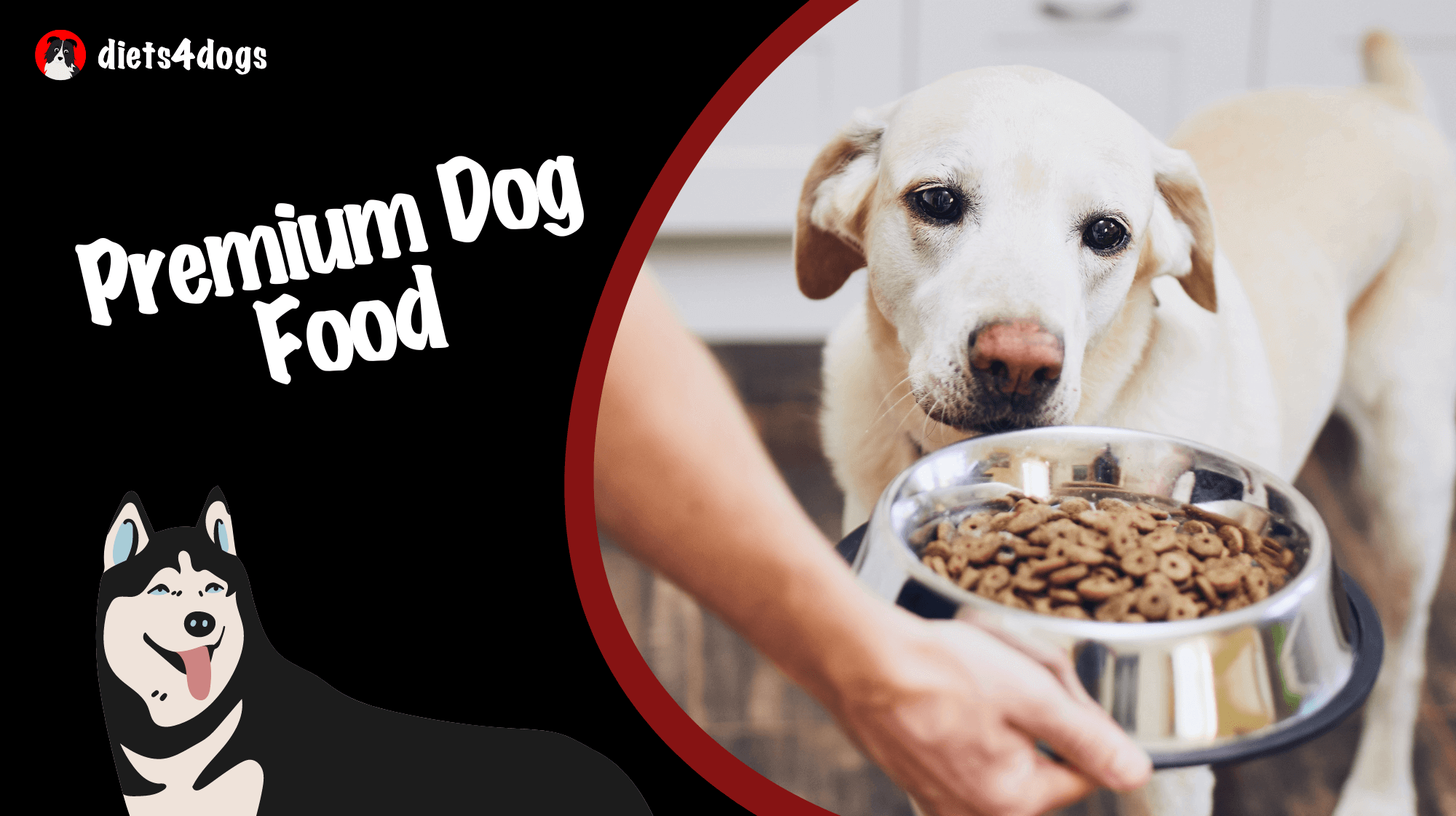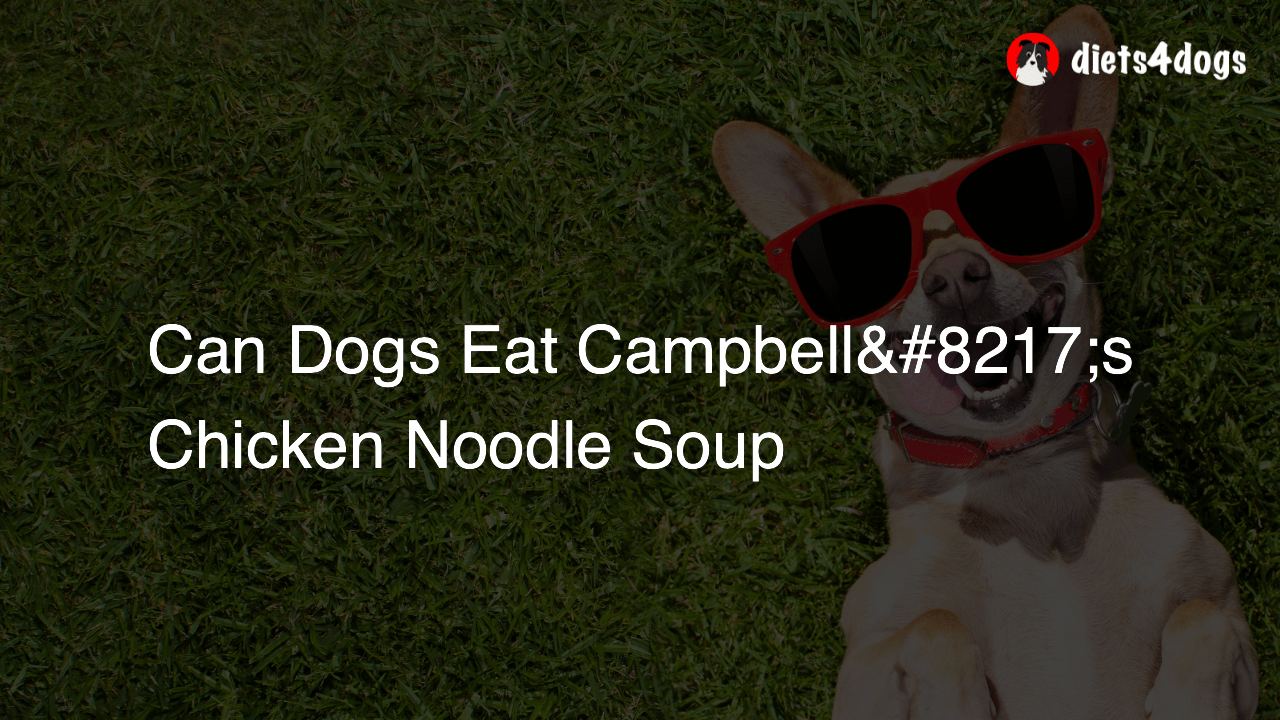Can Dogs Eat Oat Flour
Yes, dogs can eat oat flour in moderation. Oat flour is a good source of essential nutrients, such as fiber, vitamins, and minerals, which can promote a healthy diet for your pet. However, ensure that the oat flour is unseasoned and avoid giving your dog any baked goods that might contain harmful ingredients for dogs, such as chocolate or raisins.
Can Dogs Eat Oat Flour
Yes, dogs can eat oat flour in moderation. Oat flour is a good source of essential nutrients, such as fiber, vitamins, and minerals, which can promote a healthy diet for your pet. However, ensure that the oat flour is unseasoned and avoid giving your dog any baked goods that might contain harmful ingredients for dogs, such as chocolate or raisins.
Benefits of Oat Flour for Dogs
Packed with Nutritional Value
Oat flour is an excellent source of fiber, iron, magnesium, phosphorus, zinc, and B vitamins, which are all essential for a dog’s overall health. The nutrients present in oat flour can significantly contribute to a healthy and balanced diet for your pet.
High in Fiber
One of the main benefits of oat flour for dogs is that it contains high fiber content. Dietary fiber is essential in supporting proper digestion and regulating bowel movements, which can be especially beneficial for dogs with sensitive stomachs or gastrointestinal issues.
ideal for Dogs with Allergies or Sensitivities
Oats are also known to be hypoallergenic, so oat flour is a fantastic choice for dogs with food allergies or sensitivities. The natural antioxidants and anti-inflammatory properties of oats can support your dog’s immune system and help mitigate the symptoms associated with food allergies.
How to Incorporate Oat Flour into Your Dog Food
Homemade Dog Treats
One simple and fun way to incorporate oat flour into your dog’s diet is by creating homemade dog treats. Baking your own dog treats is an excellent opportunity to control the ingredients and ensure that only healthy and dog-safe components are included. You can enjoy trying out various recipes and finding the ones that your beloved furball enjoys the most.
Adding Oat Flour to Your Dog’s Meal
If you prefer mixing oat flour directly into your dog’s food, start with a small amount to ensure that it doesn’t cause any adverse reactions or stomach upsets. Gradually increase the quantity while keeping an eye on your dog’s reaction, and remember to account for the added calories when determining your dog’s meal portion size.
Precautions When Feeding Oat Flour to Dogs
Avoid Overfeeding
Although oat flour provides essential nutrients to dogs and is generally safe for consumption, it is essential to feed them oat flour in moderation. Overfeeding can lead to weight gain or gastrointestinal issues, such as diarrhea or bloating.
Be Mindful of Other Ingredients
When incorporating oat flour into dog treats, always be cautious about other ingredients used in your recipes. Some common baking ingredients like chocolate, raisins, onions, and garlic can be toxic to dogs, so avoid using them in your dog’s treats.
With the right balance and careful attention to ingredients, oat flour can be a nutritious and exciting addition to your dog’s diet. So don’t hesitate to give oat flour a try and experiment with new dog treat recipes to spoil your beloved furry companion while keeping their health in mind.
Alternatives to Oat Flour for Dogs
If you want to try other flour alternatives for your dog, there are many options available. Some popular dog-friendly flour alternatives include:
- Whole Wheat Flour: This is a nutrient-rich option that is readily available and more affordable than specialty flours. Just be aware that some dogs may be allergic or sensitive to wheat.
- Coconut Flour: This gluten-free and grain-free alternative is packed with fiber, protein, and healthy fats. Coconut flour is also an excellent option for dogs with allergies or sensitivities to grains. Just remember that it is highly absorbent, so you will need to adjust your recipes accordingly.
- Brown Rice Flour: This is another nutritious and dog-friendly option. Brown rice flour is both gluten-free and a good source of essential vitamins and minerals. However, it may not be suitable for all dogs, as some pets are sensitive to grains.
Always remember to introduce new flour alternatives into your dog’s diet gradually and monitor their reaction to ensure it is a suitable option.
Storing and Handling Oat Flour
Proper storage and handling of oat flour are essential to maintain its freshness and quality. Here are some tips to help you:
- Airtight Container: Store the oat flour in an airtight container to protect it from moisture and extend its shelf life. This will also prevent contaminants, such as insects, from getting into the flour.
- Store in a Cool and Dark Location: Oat flour should be stored in a cool and dark location, like a pantry or cupboard, away from direct sunlight or heat sources. This will help preserve its freshness and nutritional value.
- Handling: When using oat flour for dog treats, ensure that everything is clean, including your hands and utensils. This minimizes the risk of introducing bacteria or other pathogens that could potentially harm your dog.
Signs to Watch for When Feeding Oat Flour to Dogs
While oats are generally safe for dogs to eat, it’s essential to monitor your dog for any signs of an adverse reaction. Some possible signs of an adverse reaction can include:
- Upset stomach or diarrhea
- Vomiting
- Excessive gas or bloating
- Itching, redness or irritation around the mouth or paws
- Changes in energy levels or mood
If your dog shows any of these signs, stop feeding them oat flour and consult with your veterinarian for advice.
By understanding the benefits, precautions, and tips for feeding oat flour to your dog, you can make informed decisions about your dog’s diet and overall health. Remember always to consult with your veterinarian if you have any concerns or if you’re planning to make significant changes to your dog’s diet. Happy feeding!
FAQs: Oat Flour and Dogs
If you have more questions about feeding oat flour to your furry friend or need additional information, we’ve compiled a list of frequently asked questions to provide further insight and guidance.
1. Can oat flour cause allergies in dogs?
While oat flour is typically hypoallergenic and safe for dogs, there’s always a chance that a specific dog may have an adverse reaction. If your dog shows signs of an allergic reaction, discontinue feeding oat flour and consult your veterinarian.
2. Can dogs eat oats?
Yes, dogs can safely eat oats. They are a nutritious and high-fiber food that can be beneficial for your dog’s health. Be sure to cook the oats before feeding them to your dog and avoid adding any seasoning or additives that could be harmful.
3. Can oat flour help with my dog’s digestion?
Oat flour contains a significant amount of fiber, which can help promote healthy digestion and regulate bowel movements. If your dog has digestive issues, introducing oat flour in moderation may help improve their gastrointestinal health.
4. Can dogs eat oatmeal?
Dogs can eat plain, cooked oatmeal in moderation. Just be sure not to add any sugar, artificial sweeteners, or other harmful ingredients. Additionally, keep portion sizes small to prevent weight gain or stomach upset.
5. Can puppies eat oat flour?
Puppies can typically consume oat flour without any issues, as long as it’s in moderation and not combined with harmful ingredients. Always introduce new foods slowly and consult with your veterinarian if you have concerns or questions.
6. Can oat flour be used as a substitute for wheat flour in dog treats?
Yes, oat flour can be used as a substitute for wheat flour in dog treat recipes. Oat flour is an excellent alternative for dogs allergic to wheat and offers a variety of nutritional benefits. However, remember that the texture and consistency of the treats may vary when using different flours.
7. Can I feed my dog store-bought treats made with oat flour?
It’s generally safe to feed your dog store-bought treats made with oat flour. However, always check the ingredients list for any harmful additives or substances before feeding them to your dog. Additionally, keep serving sizes moderate to prevent excessive calorie intake or weight gain.
8. Can dogs eat raw oat flour?
It’s best to feed your dog cooked oat flour or oat-based products, as raw oat flour can be more difficult for dogs to digest. Cooking the oat flour and incorporating it into recipes can help make it more digestible for your pet.
9. What should I do if my dog has a negative reaction to oat flour?
If your dog experiences an adverse reaction to oat flour, stop feeding it immediately and consult with your veterinarian. It’s crucial to monitor your dog for any signs of discomfort, allergies, or other negative effects.
10. How much oat flour can I feed my dog?
When introducing oat flour into your dog’s diet, do so in moderation. There’s no specific amount, as every dog’s needs are different. Consult with your veterinarian to determine how much oat flour is suitable for your dog, considering their size, age, and activity level.












